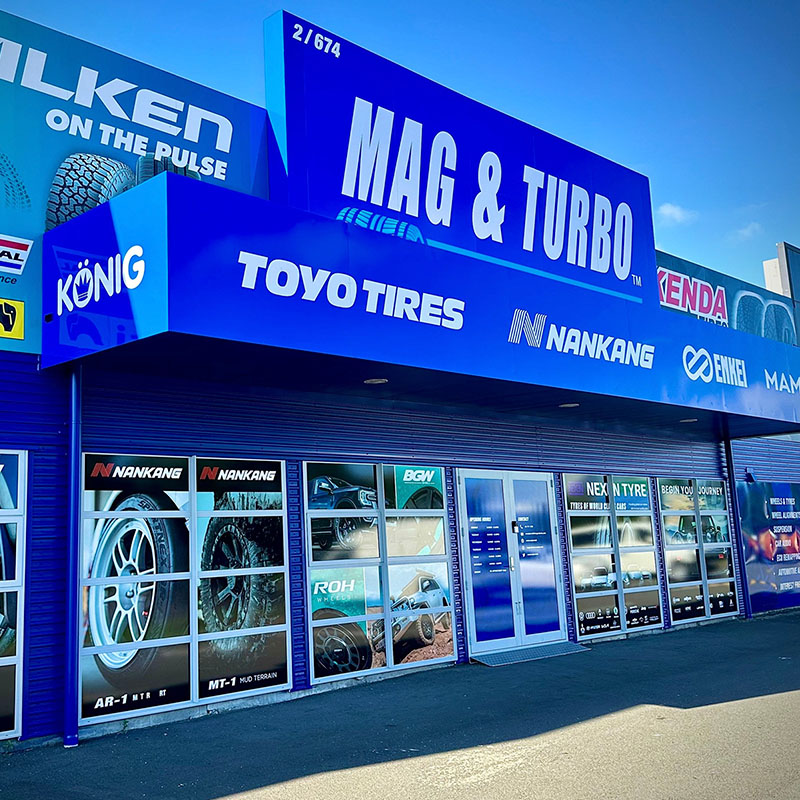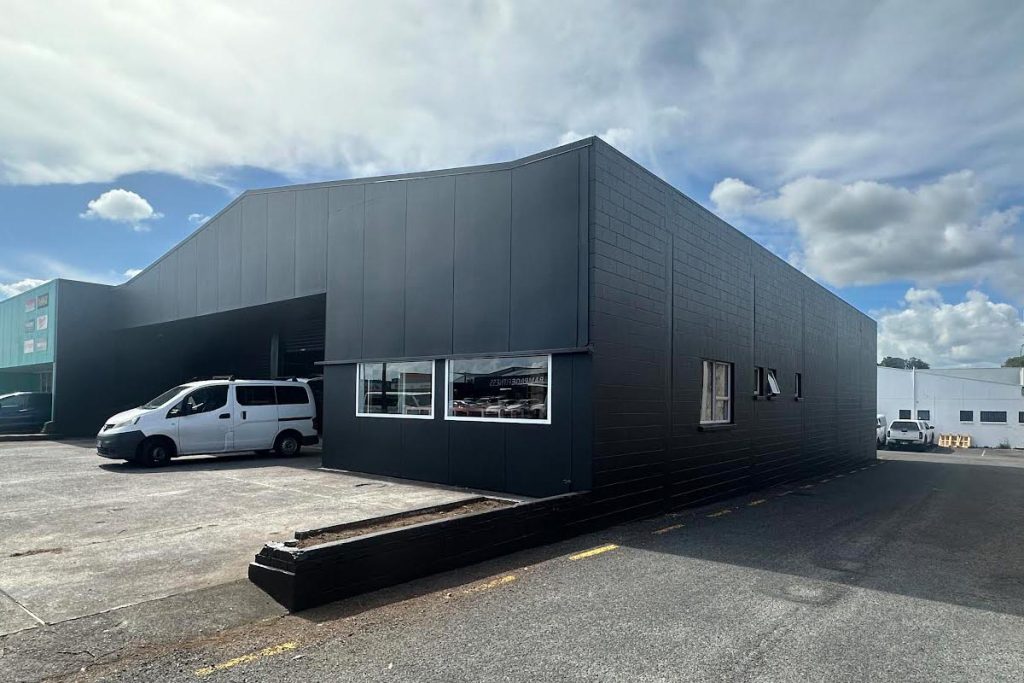Commercial Painting
Creating an environment that resonates with clients, customers, & employees
Why Choose Us?
Our commercial painting team brings vibrancy and professionalism to every project. Whether it’s a bustling office complex, a chic retail store, or a cozy restaurant, we understand that appearances matter. A well-painted commercial space isn’t just about aesthetics; it’s about creating an environment that resonates with clients, customers, and employees alike.
We understand that appearances matter
With meticulous attention to detail, we transform walls, ceilings, and facades into spaces that are pleasant to work in. From the initial colour consultation to the final coat, we blend expertise, innovation, and passion to deliver results that leave a lasting impression.


Shops & Retail Stores
Painting retail spaces is a unique challenge that combines aesthetics, functionality, and branding. The choice of colours and finishes can significantly influence the shopping experience, making it essential to select hues that align with the brand’s identity and the products being sold. For instance, a children’s toy store might opt for bright, playful colours, while a high-end boutique might choose sophisticated neutrals.
An environment that enhances the experience
The process of painting a retail space involves careful preparation. Walls and fixtures need to be thoroughly cleaned and primed to ensure the paint adheres properly. Depending on the size of the space and the complexity of the design, this can be a time-consuming process. It’s also important to consider the type of paint used. High-traffic areas may require durable, washable paints to withstand regular cleaning.
Lighting is another crucial factor in painting retail spaces. The way light interacts with the colour of the walls can dramatically alter the perception of the space and the products within it. Therefore, it’s important to consider the store’s lighting conditions when choosing paint colours.
Overall, the goal of painting a retail space is to create an environment that enhances the shopping experience, showcases the products effectively, and aligns with the brand’s image. It’s a task that requires a thoughtful approach and careful execution.
Businesses
Painting offices and buildings is a task that requires careful planning and execution. The process begins with the selection of the right colours and finishes that align with the purpose of the space. For instance, office interiors often benefit from neutral or muted tones that foster focus and productivity, while exteriors may require durable paints that can withstand weather conditions.
The actual painting process involves several stages. Interior painting typically starts with preparing the surfaces, which may include cleaning, sanding, and priming. The paint is then applied in multiple coats to ensure an even and smooth finish. Attention to detail is crucial, especially around fixtures and fittings.
A visually appealing environment that enhances the building’s aesthetic
Exterior painting, on the other hand, requires additional considerations. The building’s exterior needs to be thoroughly cleaned and any old, flaking paint must be removed. Specialised paints are often used for exterior surfaces to provide protection against the elements. Safety measures are also paramount, especially for multi-story buildings where ladders or scaffolding may be necessary.
In both cases, the goal is to create a visually appealing environment that enhances the building’s aesthetic and functional value. Whether it’s a fresh coat of paint in a boardroom to stimulate creative thinking or a vibrant exterior that leaves a lasting impression, painting plays a significant role in shaping our built environments.


Council and School Buildings
Painting school buildings, council buildings, including council offices, port facilities, and other municipal structures, is a task that requires a strategic approach. These buildings often serve as the face of local government, so their appearance can significantly impact public perception. The colour scheme should reflect the local community’s identity and values and be welcoming and professional. For instance, council offices might benefit from calming, neutral tones that create a productive and serene work environment.
Port facilities, however, require durable paints that can withstand harsh weather conditions and constant exposure to water and salt. The choice of colour can also play a role in safety, with bright, easily visible colours often used to mark hazardous areas or important equipment.
Other council buildings, such as libraries, community centres, and park facilities, each have their unique considerations. Libraries, for example, might opt for warm, inviting colours that encourage visitors to stay and read. Community centres might choose vibrant, energetic colours that reflect their various activities.
Regardless of the type of building, the painting process involves careful preparation, including cleaning, priming, and protecting non-painted surfaces. It’s also important to consider the building’s historical significance if applicable, as this may affect colour choice and painting techniques. Ultimately, the goal is to enhance the building’s aesthetic appeal, preserve its structural integrity, and create a positive environment for all who use it.



